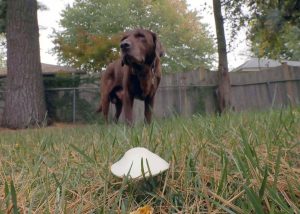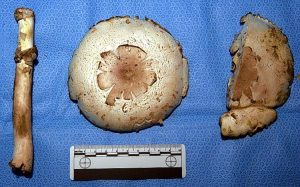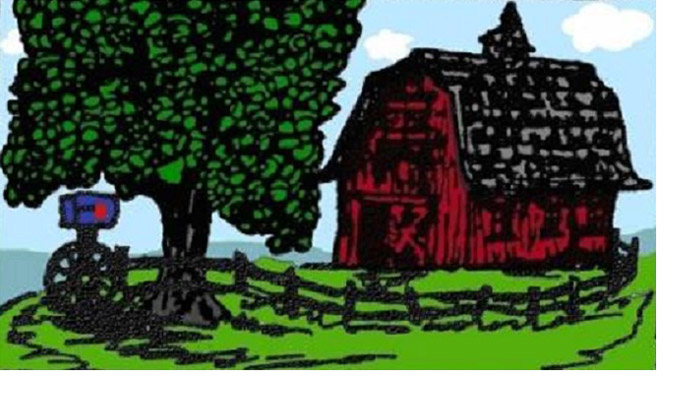
Mushrooms are popping up all over and some can prove toxic to dogs. For health-conscious humans, fat- and cholesterol-free, high-fiber mushrooms are a popular option. For dogs sampling fungi in the yard, however, some varieties can be toxic.
That’s why Dr. Tina Wismer’s husband patrols their Champaign yard every morning, picking up and disposing of errant edible fungi before curious canines sink their teeth into them.
Senior director of toxicology at the ASPCA’s Animal Poison Control Center in Urbana, Wismer recommends fellow pet lovers make sure their yard is safe before they let out their pets. While she recommends mushroom inspections through the first hard freeze, Dr. Jenica Haraschak, emergency and critical care specialist with the University of Illinois College of Veterinary Medicine, advises remaining vigilant year-round.
“It’s something to be on the lookout for,” she said, even though most pets ignore wild mushrooms like those springing up in yards this fall.
“They’re not palatable, so they don’t eat them,” she said.
Still, she says it’s best to get rid of the fungi. While most dogs avoid even cooked mushrooms, Dr. Anita Kuhnle, a veterinarian with the Arlington Heights Animal Hospital, says pets are unpredictable.
“Some will eat anything, even Brillo pads,” said Kuhnle, who once removed 12 such pads from one dog.
Most mushrooms are harmless, said Kuhnle, who nevertheless cautions owners that all “should be considered toxic as most people do not have enough knowledge of wild mushrooms to be certain.”
Signs of toxicity include vomiting, diarrhea, lethargy, abdominal pain, dilated pupils, weakness, tremors, seizures, disorientation, drooling and even sudden death, she said adding that amanita, a type of fungi, can cause liver failure in dogs.

Be wary of pets eating wild mushrooms that grow in the backyard. Some varieties, like the amanita bisporigera mushroom seen here, contain a toxin that can harm both canine and human livers. – Courtesy of Illinois Poison Center
According to Wismer, the ASPCA’s poison control hotline — which operates 24 hours, 365 days a year at (888) 426-4435 — has seen increased mushroom-related calls. Nationwide, calls increased from about 1,100 in 2019 to 3,400 in 2020. So far this year, the hotline has had 3,200 calls related to mushrooms, said Wismer, who believes that number will rise in the wake of recent storms and cooler temperatures that increase the fungi population.
By comparison, the hotline received 21,000 calls about chocolate, which remains the toxin callers most inquire about, she said.
Fruit and nut trees, specifically apples and walnuts, also pose problems for pets. Fruit or nuts fall to the ground, get moldy and, if ingested, can cause tremors or seizures, Wismer said, adding that fallen apples that ferment can intoxicate pets who eat them.
Other toxic plants include: oleander, Japanese yew, lilies, daffodils, azaleas, lily of the valley, tomato plants, holly, gladiolas, tulip bulbs, mums, amaryllis, baby’s breath, castor and begonias, said Kuhnle. She also advises owners to take care their pets don’t ingest items like acorns, which can cause a blockage.
While Haraschak and her colleagues treat “a handful of toxicities every month,” they can’t always identify the underlying toxin.
“There were a couple (cases) lately where we suspected mushrooms,” she said, but that’s difficult to confirm without the owner observing the pet eating the mushroom.
Owners who suspect their pets munched on wild mushrooms or other yard botanicals should bring the plant or a picture of it with them to an emergency animal hospital, which is where Haraschak and the other vets recommend owners go if their animals exhibit symptoms.
10/16/21 Daily Herald article
